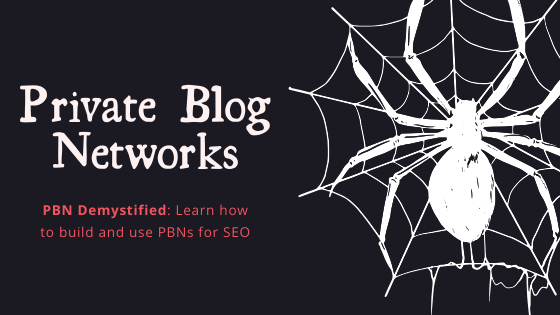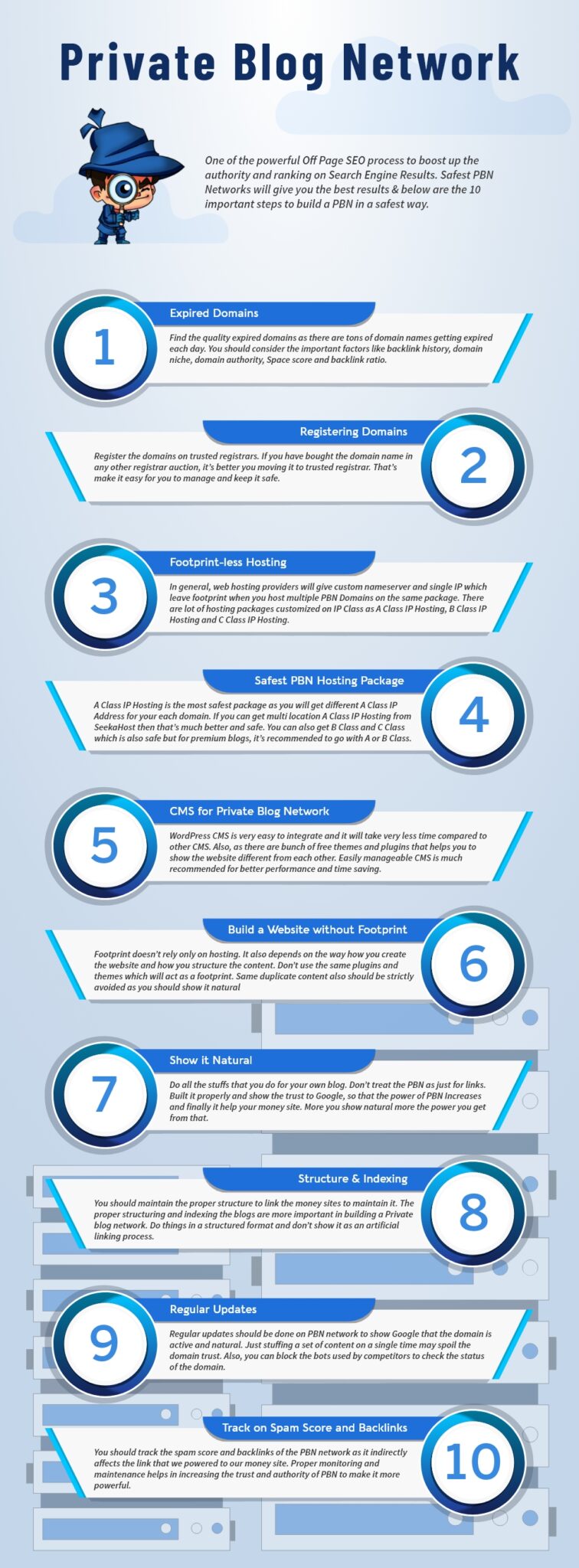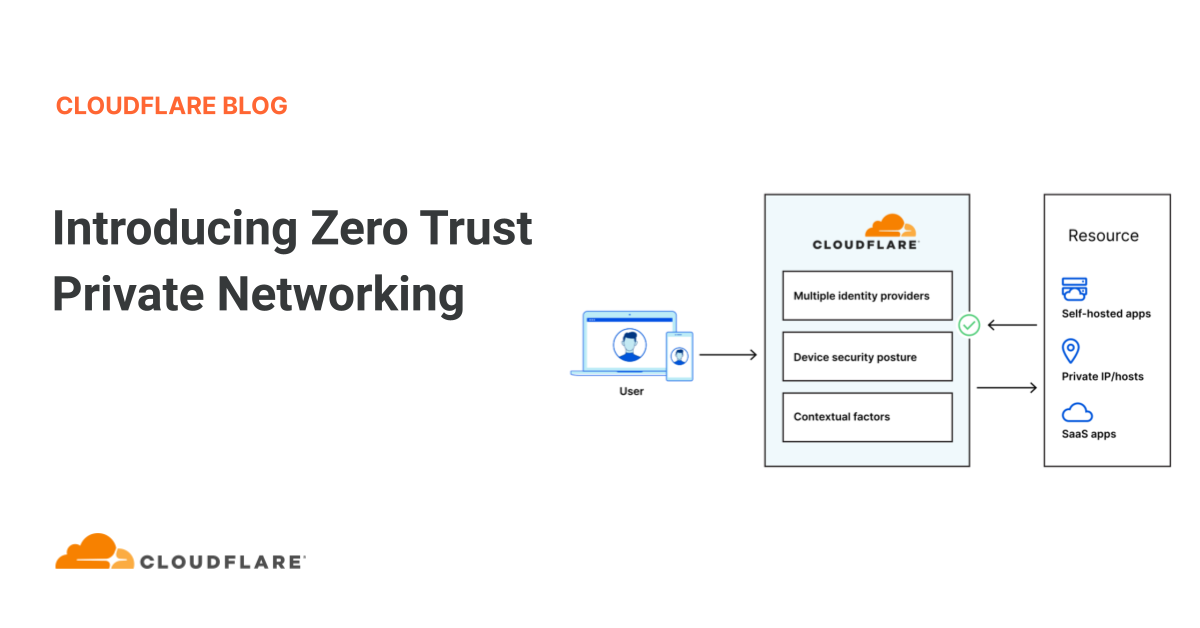All Categories
Featured
Table of Contents
- – What Is The Top Semantic Seo Tutorials
- – Top Semantic Seo Platform Prices Near Me
- – What Is The Most Reliable Semantic Seo Optimi...
- – Who Is The Leading Semantic Seo Checklist Com...
- – Who Is The Most Reliable Semantic Keywords I...
- – How Do I Find A Semantic Seo Tools Service?
- – What Is The Most Effective Semantic Content ...
The internet is changing, ending up being increasingly more semantic. Search engine optimization is additionally altering and ending up being extra semantic. This is due to the fact that internet search engine have actually evolved and are relocating an increasing number of in the direction of reading web content on the internet. Naturally, that has actually likewise transformed the way we create content, especially if we intend to place better in the internet search engine.
Intertwingularity is not generally recognized, individuals maintain acting they can make things deeply hierarchical, categorizable and sequential when they can't. Based on the relationships in between search intents, the search engine likes a web content in placing by determining the range in between the vectors of significance.
It permits you to see, beginning with a topic, all the entities that relate to that topic. By doing this you can plainly see which entities/concepts/ideas have actually already been covered on your internet site, and you can find new chances by recognizing what web content you can add and how to develop it.
What Is The Top Semantic Seo Tutorials
It is able to make your content understandable for internet search engine on the one hand and for your target market on the various other. Structuring your material model highlights your content and its hidden connections so that internet search engine can recognize you amongst thousands of pieces of details, making you extra visible to customers that satisfy the search intent pertaining to your organization.
In semantic SEO copywriting, an editor begins with a broader series of subjects and customizes the material to consist of semantically relevant terms and expressions that help viewers recognize a subject, similar to checking out material in a wiki. From a material composing perspective, one practical way to do this is to create a vocabulary of terms and questions surrounding your target topic.
Top Semantic Seo Platform Prices Near Me
Discover more about by seeing the by!.

Semantic search refers to the process of just how search engines comprehend and match keywords to a searcher's intent in organic search engine result. Prior to semantic search, internet search engine like Google ran like matchmakersaligning details words in your inquiry with those exact words on websites. The outcomes were straightforward yet commonly lacked deepness.
What Is The Most Reliable Semantic Seo Optimization Tools?
It enables Google to offer fast, exact answers to look questions about real-world subjects. When you type a question word right into Google, you're not simply getting in a sequence of words. You take advantage of a complex internet of significances and links. Google's Understanding Chart sees these words as entities with context and partnerships.
When you search for "Apple," Google does not simply see a word that explains a fruit. It recognizes Apple as a firm and can supply relevant information. It was Google's response to the increase of voice searches, where questions came to be a lot more conversational and nuanced.
Who Is The Leading Semantic Seo Checklist Company
By incorporating NLP, Hummingbird allowed Google to move beyond simple keyword matching. It aided the search engine comprehend search intent, enhancing the probabilities that results would properly match the factor behind a customer's search.
RankBrain is an artificial intelligence system that aids Google interpret questions it hasn't seen before. It can make assumptions concerning words and expressions it doesn't acknowledge and filter results as necessary. Making it a lot more effective at dealing with never-before-seen search inquiries. RankBrain considers more than simply key words when assessing a search query.
So it brings outcomes that match the keywords and line up with the total intent of providing puppy training guidance. And if the user often looks for dog-related material, Google could focus on extra thorough training guidesrecognizing the user's ongoing rate of interest in the subject. Integrating technologies like the Knowledge Chart, Hummingbird, and RankBrain, semantic search aids the Google algorithm analyze and link information across a large internet of info.
Who Is The Most Reliable Semantic Keywords In My Area
The emphasis shifts from keyword option to a holistic method encompassing user intent, topical importance, and total user experience. Creating content that resolves the searcher's needs with extensive info can enhance your SERP rankings. Listed below, we outline the trends and methods that consolidate the need for semantically educated content. Later, we supply actionable ideas to turn these understandings into best practices.
A broader approach to content aligns better with semantic search's change away from exact key phrase matching and toward user intent. Content that covers search inquiries more extensively not only pleases users.
And 5 times greater than websites that take 10 secs to lots. While technical SEO guarantees optimum site efficiency and accessibility, concentrating on user experience (UX) takes it a step even more. UX intends to produce an aesthetically attractive, user-friendly interface with interesting, top quality web content that urges visitors to remain. Semantic search technology makes it possible for search engines to aim for results that supply the very best feasible UX.
How Do I Find A Semantic Seo Tools Service?

All display Google's capacity to deal with a subject inquiry thoroughly. By comprehending the context and intent behind user inquiries, internet search engine can supply more relevant information and potentially raise user interaction. Customization in search engine result creates better UX.Based on your past search background and choices as a customer, semantic search aids search engines customize the outcomes to fit your special requirements and interests.
So it fetches outcomes that match the key words and line up with the overall intent of providing puppy training guidance. And if the individual regularly looks for dog-related content, Google could focus on much more in-depth training guidesrecognizing the individual's continuous passion in the subject. Combining modern technologies like the Expertise Graph, Hummingbird, and RankBrain, semantic search assists the Google formula analyze and connect information throughout a huge web of details.
What Is The Most Effective Semantic Content Strategies And Why
The emphasis changes from keyword option to a holistic approach including customer intent, topical importance, and general individual experience. Developing material that deals with the searcher's needs with thorough information can enhance your SERP rankings.

A broader technique to content aligns much better with semantic search's change away from specific search phrase matching and toward customer intent. Content that covers search queries extra extensively not only satisfies individuals.
And 5 times greater than websites that take 10 secs to load. While technical SEO makes certain optimal site efficiency and accessibility, focusing on customer experience (UX) takes it an action further. UX intends to create an aesthetically enticing, easy to use interface with appealing, high quality content that motivates visitors to remain. Semantic search innovation makes it possible for online search engine to aim for outcomes that provide the finest possible UX.
All display Google's capability to deal with a subject question adequately. By understanding the context and intent behind individual questions, online search engine can supply much more pertinent information and potentially enhance user engagement. Personalization in search results makes for much better UX.Based on your previous search background and preferences as a customer, semantic search assists online search engine customize the outcomes to match your special requirements and passions.
Table of Contents
- – What Is The Top Semantic Seo Tutorials
- – Top Semantic Seo Platform Prices Near Me
- – What Is The Most Reliable Semantic Seo Optimi...
- – Who Is The Leading Semantic Seo Checklist Com...
- – Who Is The Most Reliable Semantic Keywords I...
- – How Do I Find A Semantic Seo Tools Service?
- – What Is The Most Effective Semantic Content ...
Latest Posts
What Is The Most Affordable Schema Markup For Semantic Seo Deal
Which Is The Top Best Semantic Seo Tools Brand
What Is A Good Price For A Semantic Search Engine Results Pages (Serps)?
More
Latest Posts
What Is The Most Affordable Schema Markup For Semantic Seo Deal
Which Is The Top Best Semantic Seo Tools Brand
What Is A Good Price For A Semantic Search Engine Results Pages (Serps)?